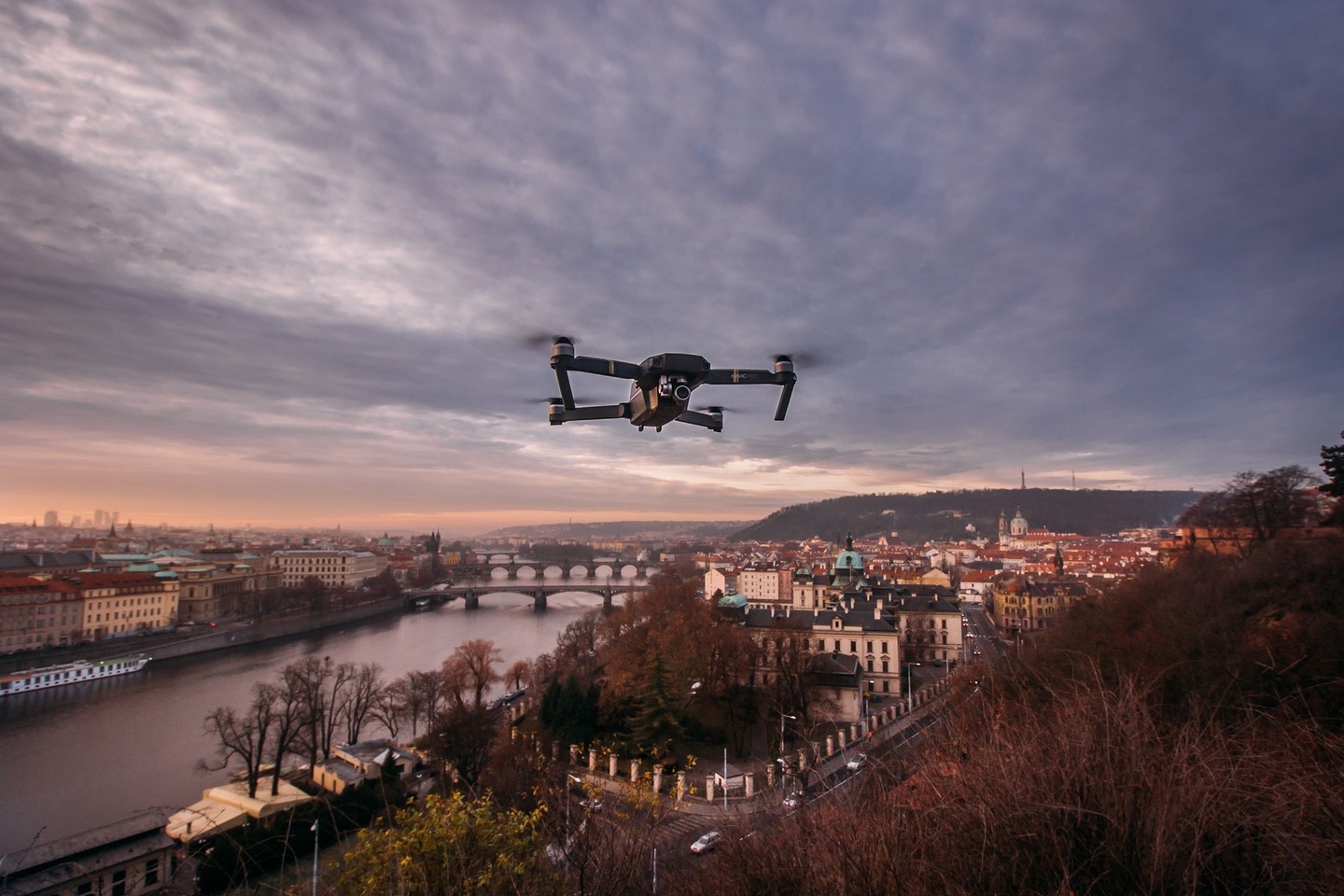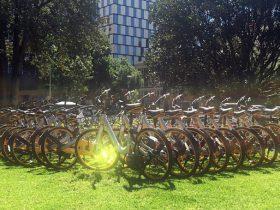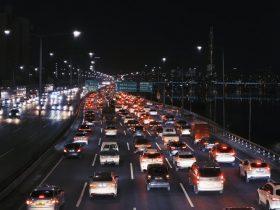Mobility Revolution.
These include traffic congestion, a lack of access to transport for people with disabilities, and how to deliver essential supplies to communities in the wake of disasters such as floods.
Graeme Whickman, president and chief executive officer, Ford Australia and New Zealand, told the 150-strong audience at Sydney’s Museum of Contemporary Art that in Australia, mobility is already a pressing challenge: It is the world’s second most congested country after New Zealand; and with the country’s population set to soar from 24 million today to more than 40 million by 2060, the problem is set to intensify.
Congestion already results in “avoidable social costs”—that is, losses due to delays, vehicle operating expenses, and vehicle emissions—of about A$16.5 billion (US$12.6 billion) in 2015 according to the Bureau of Infrastructure, Transport & Regional Economics (BITRE), and this could increase to A$30 billion by 2030, shared Whickman.
“The automotive solutions that have served us for the last century will not serve us for the next 100 years,” said Whickman. He added that this is why Ford’s sole focus is no longer selling more cars, but rather, providing mobility.
This belief led Ford in late 2015 to pilot an initiative known as “dynamic shuttles“, said Whickman. These are buses that could be summoned by employees using their smartphones, rather than plying fixed routes. One such vehicle has the ability to take between 11 and 25 vehicles off the road, shared Whickman.
The International Transport Forum has produced research that backs these claims. A 2016 study on the potential impacts of shared fleets of driverless vehicles in cities has the potential to take nine out of 10 cars off city streets.
“There is a clear need for mobility solutions that don’t revolve around more vehicles on the road,” said Whickman, adding that such solutions could help address traffic congestion, as well as cut carbon emissions by taking cars off the road.
The company is also investing heavily in developing autonomous, or driverless vehicle technology, said Whickman. The company has plans to have a fully autonomous vehicle in operation by 2021.
This goal is in service of a core belief that “mobility, and the advantages that come with it, are a human right,” Whickman noted.
About one in five Australians has a disability; that’s about 4.2 million people. While not all individuals with disabilities would struggle with mobility, 2011 research from the Australian Bureau of Statistics shows that 87 per cent of people with disabilities said their impairment restricted their ability to perform communication, mobility, or self-care activities.
Mobility, and the advantages that come with it, are a human right.
Graeme Whickman, president and chief executive officer, Ford Australia and New Zealand
For such individuals, mobility could open up barriers preventing them from providing for themselves and their families, said Whickman. It could also enhance the quality of life for elderly people whose deteriorating vision hampers their ability to drive independently.
Another technology that will change the way individuals move, and how goods and services are delivered, is drones.
Catherine Ball, co-creator of the World Drones Congress, said that “drones are on the cusp of going from games to being serious solutions”.
Whereas the devices have been used for lightweight purposes such as aerial photography and videography or just recreational use, they can have a major impact in many spheres of life, said Ball.
Drones have been used for environmental purposes such as monitoring the health of the Great Barrier Reef; documenting and learning about a newly discovered species of Australian dolphin; and surveying turtle populations along vast stretches of the Australian coastline.
But drones can also have life-saving impacts, said Ball. Applications include transporting blood or even organs to remote rural areas where they are urgently needed—an idea that is already being explored in Africa and India; delivering aid and supplies to disaster-struck areas where road access has been cut off; and even rescuing people from burning buildings.
In the United Arab Emirates, government officials plan to have autonomous taxi drones operational in Dubai by later this year, Ball added.
“Science fiction is becoming reality,” said Ball. While some countries such as Singapore are racing ahead to capitalise on this technology—the city-state is developing unmanned traffic management solutions so that drones can fly around safely—progress towards widespread adoption has been slow in other countries such as Australia.
“It is frustrating,” said Ball, because Australia has been exploring—and legislating for—commercial drone use since the early 2000s. The country is in a strong position to teach the world how to regulate for safe and ethical drone use, but adoption has been limited by challenges such as lukewarm public opinion due to privacy and safety concerns, as well as security issues.
Despite these challenges, change is inevitable, said Ball. “We need to engage people rather than sleepwalk into it, and then realising you don’t like the outcomes,” she stressed. “Early stage engagement with technology and the ecosystem is absolutely fundamental.”



















